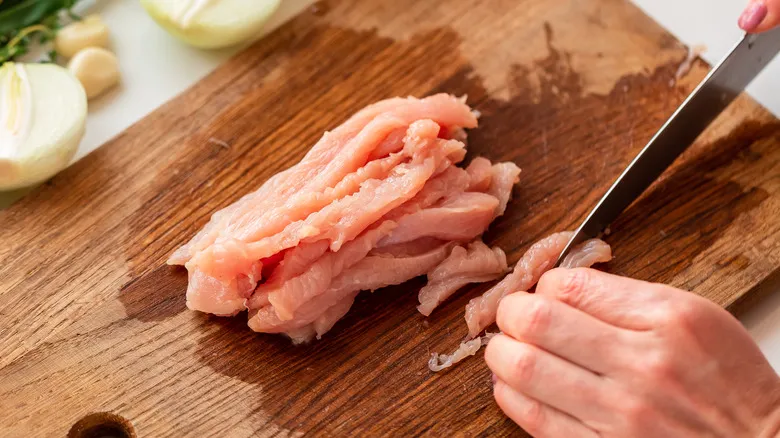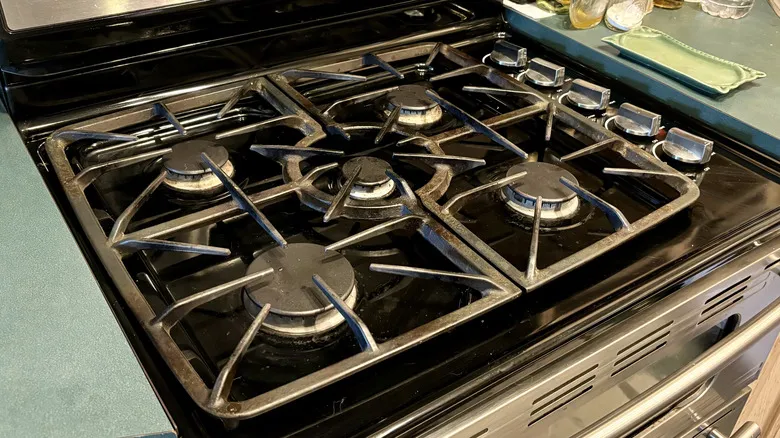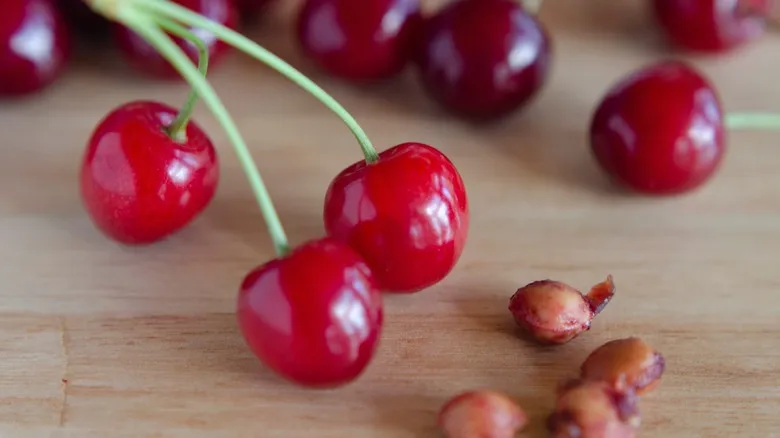Alternative hack to de-tendon chicken using a knife

If the fork method mentioned earlier proves difficult for you, or if you're looking for another straightforward technique to remove tendons from chicken, using a knife is an effective alternative. This method is similar to the fork technique, as it involves extracting the tendon from the meat, but instead of using two fork tines, you'll be using the edge of a knife against a cutting board.
Begin by placing the chicken tender on a cutting board with the smooth skin side facing up. Locate the end of the tendon that sticks out and secure it to the cutting board with the thumbnail of your non-dominant hand. Then, take a sharp knife in your dominant hand and position the blade on top of the tendon, right where it enters the meat.
Gently push the meat forward with the knife, as if you’re scraping it away from the tendon. Be sure to keep the knife at an angle to prevent applying downward pressure, which could cut the tendon before it is completely separated from the meat. Once you’ve pushed the meat all the way to the end, you will have successfully removed the tendon.
So what if you cook the tendon with the chicken?

With the abundance of information available on how to remove tendons from chicken before cooking, it's understandable that some might perceive this tissue as dangerous or inedible. However, that's not the case. While the white strand may not look appealing, it is safe to consume. In fact, many cooks choose to prepare chicken without removing this strand.
That said, while the tendon is edible, it can be unpleasant to eat because it becomes tougher than the surrounding meat during cooking. The stark contrast in texture—biting into a juicy tender only to encounter a tough tendon—can detract from the overall dining experience. You can, however, simply avoid the tough tendon by eating around it and discarding it afterward. If you, as a cook, prefer this method over the tedious task of removing each tendon before cooking, you might wonder how to prepare chicken tenders with the tendons still intact.
The good news is that you don’t need to change your cooking method at all when the tendon is attached. Just follow the instructions and cooking times in your favorite recipe—whether you're frying, baking, or air-frying—and you'll have delicious chicken ready in no time.
Recommended

The Tell-Tale Signs Your Home-Canned Goods Have Spoiled

How To Clean And Care For Gas Stove Grates

The Tastiest Way To Use Cherry Pits Before You Discard Them

Skip The Mayo. Dress Your Coleslaw In Alabama White BBQ Sauce Instead
Next up

